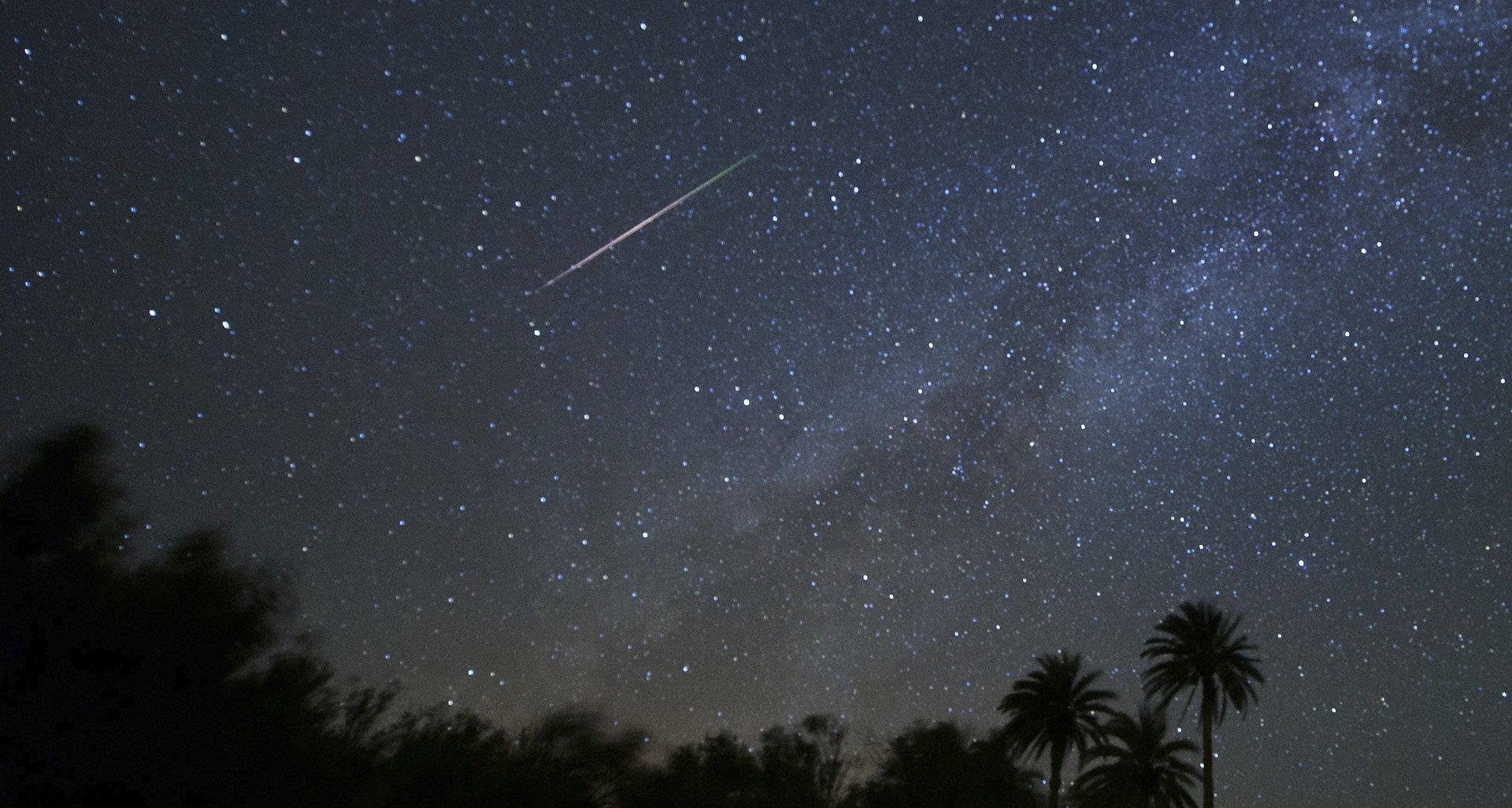The next two days are the best time to watch the Leonid meteor shower
The annual Leonid meteor shower is upon us. Look up at the right place in the sky at the right time in the night and you’ll be greeted with magical shooting stars.


The annual Leonid meteor shower is upon us. Look up at the right place in the sky at the right time in the night and you’ll be greeted with magical shooting stars.
What am I watching exactly?
The Leonid meteor shower is caused when the Earth passes through the debris left behind by Comet Temple-Tuttle. The debris burns up in the sky, because of the friction caused during the process of entering the Earth’s atmosphere. The result is a streak of light—aka shooting star—lasting less than a second.
When can I see it?
The meteor shower occurs all through November each year. This year, the peak will be reached early morning before sunrise on Friday (Nov. 17) and Saturday (Nov. 18). And, luckily, there’s no moon to spoil the show. You are likely to see between 10 and 15 shooting stars per hour.
Where in the sky should I be looking?
The shooting stars should be visible all around the world. If you can, go away from cities to avoid light pollution. If you can’t, find a spot where you don’t have a light hitting you and you’re able to see the sky. Then let your eyes adjust for 30 minutes or so to the darkness.
Meteor showers get their name from the constellation in the sky they seem to emanate from. Leonids are named after the constellation Leo the Lion. But you don’t need to worry about where the constellation is. You can just look up!